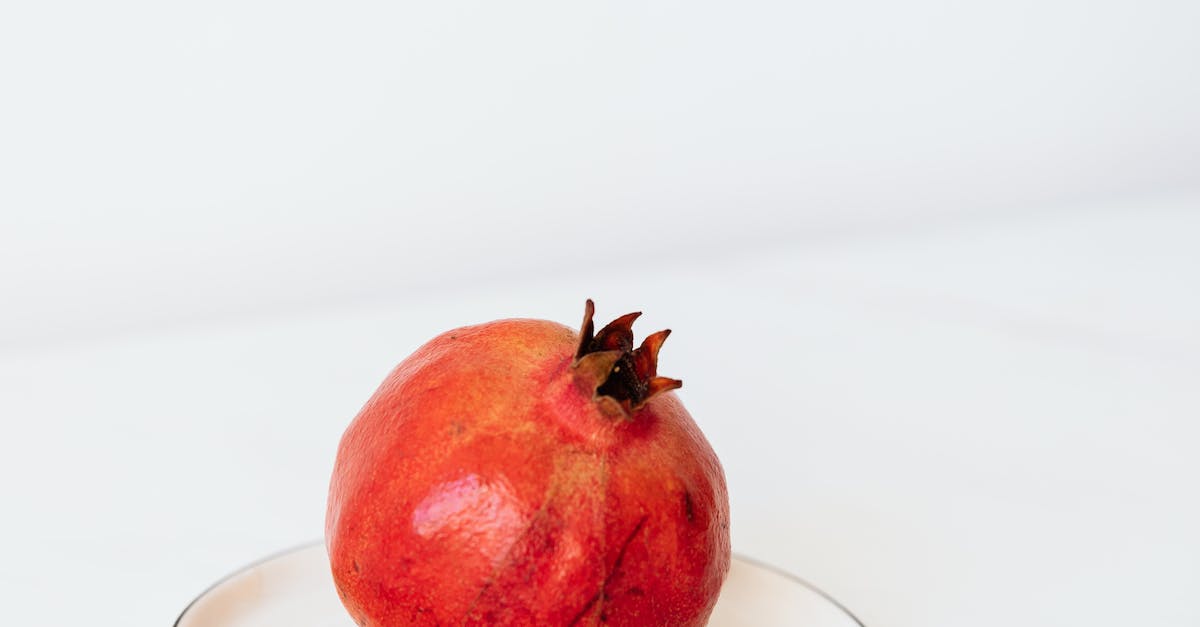The Art Of Culinary Plating: Elevating Home-cooked Dishes

Introduction
Cooking a delightful meal at home is a satisfying and rewarding experience. However, it is not just about the flavors and ingredients; presentation plays a crucial role in elevating the overall dining experience. The art of culinary plating is the secret behind creating visually appealing dishes that can rival those served in high-end restaurants.
The Importance of Plating
Culinary plating goes beyond simply arranging food on a plate. It involves using various techniques and artistic elements to create a visually pleasing presentation. When food is thoughtfully plated, it not only enhances the eye appeal but also stimulates the appetite and sets the mood for a delightful dining experience.
Balancing the Elements
To master the art of culinary plating, it is essential to find the right balance between different elements. The visual presentation should be harmonious and complementary to the flavors and textures of the dish.
Colors
Colors play a vital role in plating. Vibrant and contrasting colors create a visually striking and appetizing presentation. Incorporating a variety of colorful ingredients not only adds visual interest but also indicates freshness and diversity.
Textures
Textures add depth and complexity to the dish. Combining crispy elements with creamy ones or incorporating crunchy toppings can elevate the overall experience. Consider the interplay between smooth, velvety, crunchy, and chewy textures when plating your home-cooked dishes.
Shapes
The shape of each component on the plate matters. Experiment with different shapes to create visual interest and balance. Use molds or cut ingredients into geometric shapes to add a touch of elegance to your dish. For example, slicing vegetables into long, thin strips or arranging them in a circular pattern can create a visually stunning effect.
Plate as a Canvas
Just like a painter uses a canvas, chefs and home cooks use plates as their artistic medium. A plain white plate is like a blank canvas waiting to be filled with colors, textures, and shapes. Consider the size and shape of the plate when plating to ensure that the composition fits and complements the dish.
The Power of Garnishes
Garnishes are not just decorative elements. They add an extra layer of flavor and intricacy to the dish. Fresh herbs, edible flowers, microgreens, or even a drizzle of flavored oils can transform a simple dish into a culinary masterpiece. Experiment with different garnishes that complement the flavors of your dish.
Creating Height and Dimension
Adding height and dimension to a plated dish can make it visually striking. Use stacked or layered components to give the dish a three-dimensional look. A vertical presentation not only adds visual interest but also provides a different textural experience with each bite.
Final Touches
The finishing touches are what make a dish truly memorable. Consider drizzling a flavorful sauce on the plate or dusting it with a pinch of colorful spices. Use squeeze bottles or small piping bags to create intricate designs or patterns.
Conclusion
Mastering the art of culinary plating takes practice, creativity, and attention to detail. Embrace your inner artist and let your imagination run wild. Elevate your home-cooked dishes from mere sustenance to edible works of art. The next time you prepare a meal, remember that presentation matters, and each plate is an opportunity to showcase your culinary skills and creativity.